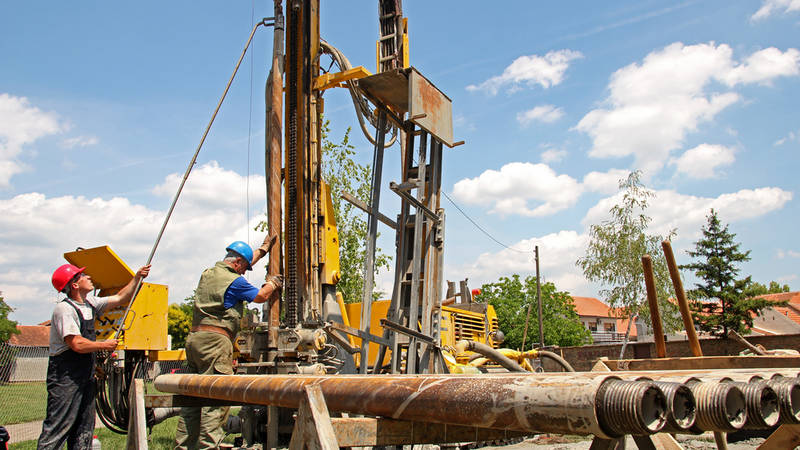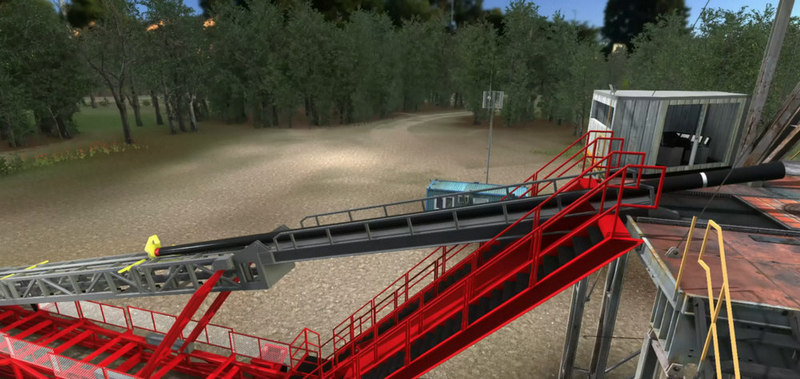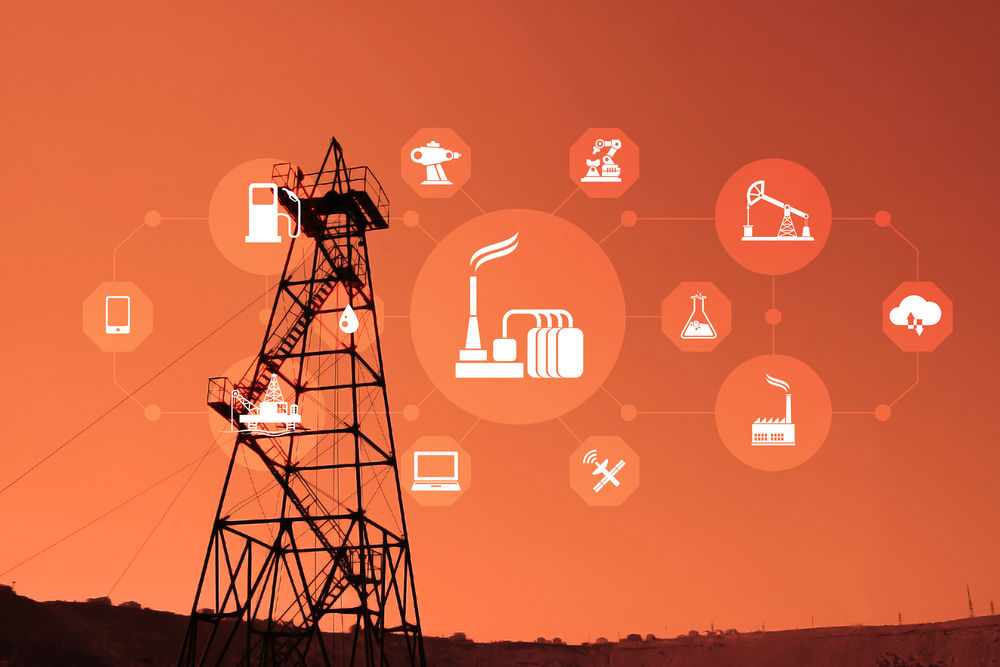Automation in the oil and gas industry also goes by the term oilfield automation. It refers to the automation of processes involved within the sector. The number of processes that can benefit from automation is increasing. Some popular oil and gas avenues that benefit from automation include operations, drilling, production, supply chain, safety, and retail.
Oil and gas industry automation involves the use of IoT-based sensors (IoT – the Internet of Things). AI (Artificial Intelligence), self-learning, and predictive analytic systems are other automation concepts employed by the industry.
Automation offers oil and gas companies many benefits, from enhanced connectivity to reduced costs and increased output.
Why is Oil and Gas Industry Automation Important?
The Oil and Gas industry is a global industry with a significant impact on world economics. There are several challenges that oil and gas companies face in the course of their operations. Cost management, maximizing the value derivable from assets, and optimizing asset up-time, are some key challenges.
Technology is proving to be an invaluable tool for oil and gas companies. Technologies such as automation and digitization are redefining the way companies do business. Automated industrial technologies are making even the most complex tasks easy and efficient.

Technologies and automation systems in the oil and gas industries are enabling businesses to gain immediate access to efficient performance and crucial technical information. Such access is enabling companies to make well-informed decisions at the right time without costly delays. An increase in performance efficiency and risk minimization is also being witnessed.
While businesses are employing technologies for better results, there is more than the oil and gas sector can do to integrate technologies.
Automation of internal processes is the need of the hour. Businesses can scale up to meet dynamic challenges inherent to the sector with the right automation technology.
Businesses using automation are already experiencing multiple benefits. 3 key benefits of automation system in oil and gas industries include:
- Increased Process Efficiency – By automating internal processes, businesses can get accurate and timely information on all processes, including operations and maintenance. As a result, businesses can regulate their processes better and make way for higher asset performance and maximized output.
- Improved Business Connectivity – Another challenge that automation can address is the lack of connectivity across segments within operations. Automation enables better connectivity across segments, leading to improved data distribution, improved task efficiency, and greater throughput.
Upstream workers handling tasks in remote locations, for example, can benefit from automation. The use of submersibles and drones can help them supervise upstream processes at remote locations.
- Reduced Costs – Automation reduces costs by replacing human labor where applicable. Automated processes are faster, accurate, and thereby cost-saving.
The use of automation in processes that require manual intervention maximizes safety and minimizes risks of injury, which again contributes to cost-saving.
Automation in combination with other technologies can also help the oil and gas sector to address challenges such as oil spills, greenhouse emissions, and water conservation.

Automation Technologies Currently in Use in the Oil and Gas Industry
- Robots and Submersibles for field inspections – This automation technology is used for mining fields that exist in remote locations making human access difficult. These devices are unmanned, allow remote control, and enable the transfer of live data and video feeds to a designated location
- Pipeline Monitoring – From monitoring a pipeline’s structural strength and detecting a gas leak to identifying threats such as theft and attacks, an automated pipeline monitoring system has great benefits.
- Oil Flow and Pressure Monitoring Systems – These systems use smart sensors to measure the flow and pressure of oil. They transfer data to a central monitoring system, eliminating the need for an on-site crew. The data transfer can be used by the rig crew to make essential adjustments.
- Weather Monitoring Systems – These systems detect natural underwater changes such as changes in sea levels and natural occurrences such as earthquakes. These systems employ sensors for such detection. Companies already employing this technology are able to detect natural occurrences beforehand and put safety precautions in place.
- Customized IoT Platforms – Oil and gas companies are using customized IoT platforms for advanced services. Such services include Big Data and predictive analytics, remote monitoring, cloud capabilities, and cybersecurity.
Drilling Automation
Drilling is a major area of influence for automation. It is one of the most expensive processes for the oil and gas industry. Human reliance makes the process slow and hence more cost-consuming.
Drilling is a major area of influence for automation. It is one of the most expensive processes for the oil and gas industry. Human reliance makes the process slow and hence more cost-consuming.

Some automated drilling technologies in action include:
- Robotic Drilling Systems – This is a robot-based automated drilling technology that can fully handle drill floor operations without human intervention. From handling drilling tools and pipes to maneuvering drilling machines with spinning capabilities, these systems have multiple benefits. They are ideal for both offshore and land operations.
Advanced systems come with the capability to move drill rigs automatically, making rig movement between locations on an oilfield easy, accurate, and efficient.
- Automated Systems to Determine Well Integrity – An automation system can be integrated with data transmission systems to explore, diagnose and understand, bottom hole assembly.
- Automated Oscillation – Automation is used for drilling pipe oscillation during slide drilling.
In Conclusion
The demand for fossil fuels is estimated to go up by nearly 25% over the next 22 years. The global drilling automation market can reach $66.82 million over 2020-2024. Automation, IoT, and digital technologies are becoming indispensable tools for oil and gas companies to access favorable environments such as offshore reservoirs
Innovations that outperform human efficiency, reduce costs, and minimize safety risks, will continue to redefine industry operations. Oil and gas companies can prepare themselves for the future by expanding their adoption of automation technologies.


